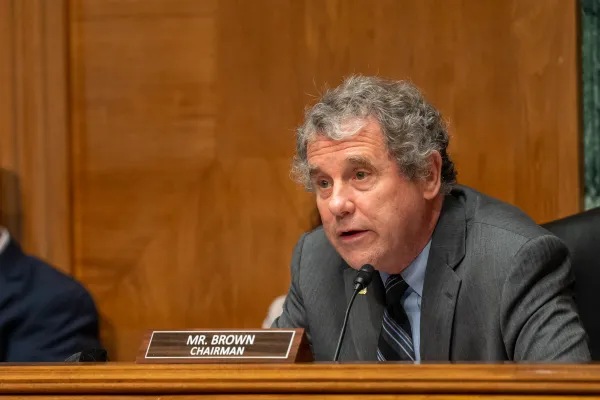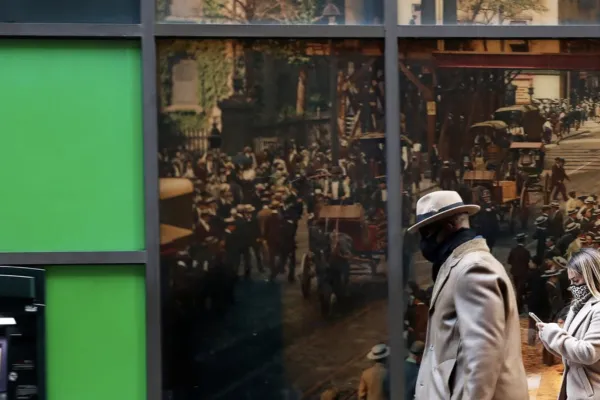Budd Got Loans And Cash And Boosted Bank Merger — Before Mass Layoffs

In April, Truist reported that it had cut its workforce by 14 percent since the merger in December 2019, representing the loss of more than 8,000 jobs, as part of a plan to achieve $1.6 billion in cost savings by the end of 2022.
During the hearing, the BB&T and SunTrust CEOs also described a community benefits package they would deliver, including a commitment to open at least 15 new bank branches in low-to-moderate income neighborhoods.
But the agreement was completely non-binding, and a 2021 review by the Committee for Better Banks (CCB), an advocacy group for bank workers, found that not only had Truist failed to keep that specific pledge, but the bank actually significantly reduced branch openings in diverse neighborhoods while boosting its brick-and-mortar presence in whiter, wealthier neighborhoods.
In written comments submitted to Congress in September, Truist said that it planned to deliver on its community benefit commitments by the end of this year.
But Nick Weiner, organizing lead at CCB, told The Lever that without mechanisms to hold banks like Truist accountable, the commitments made ahead of winning merger approval may amount to little more than lip service.
“Who’s monitoring, who’s enforcing?” Weiner said. “Right now, the enforcement is up to the community groups alone.”
Banking Dive: Fed, OCC should probe Wells Fargo’s response to union efforts
Budd Got Loans And Cash And Boosted Bank Merger — Before Mass Layoffs
Bank branch openings in U.S. leave behind minority neighborhoods - study



